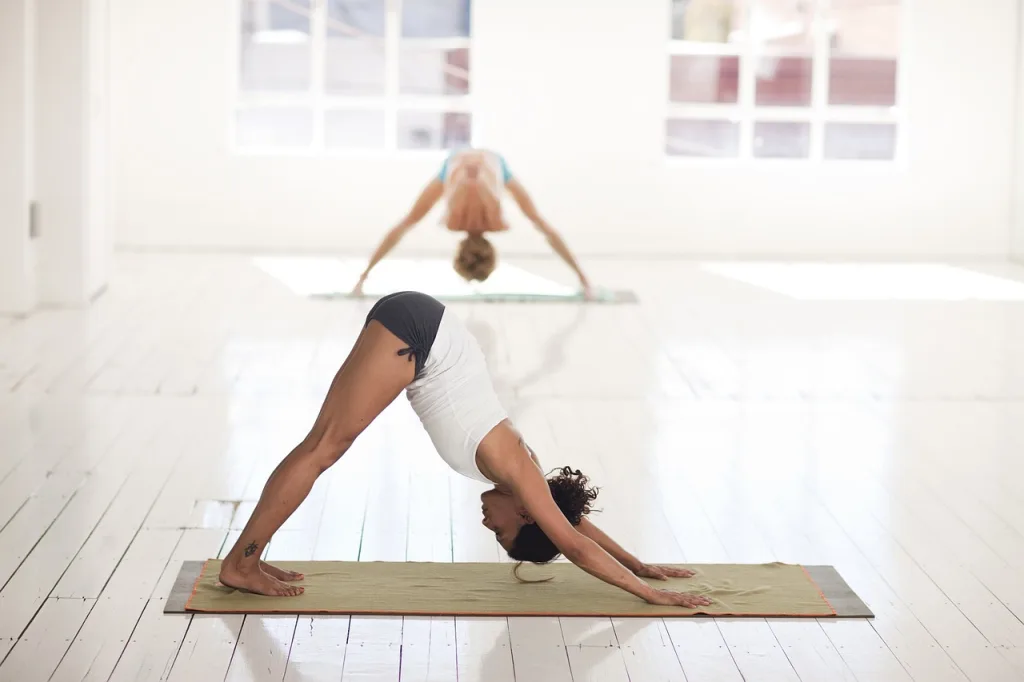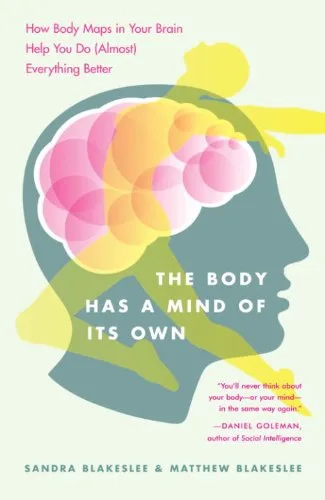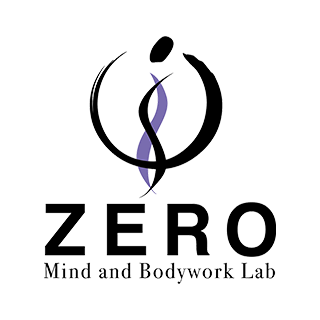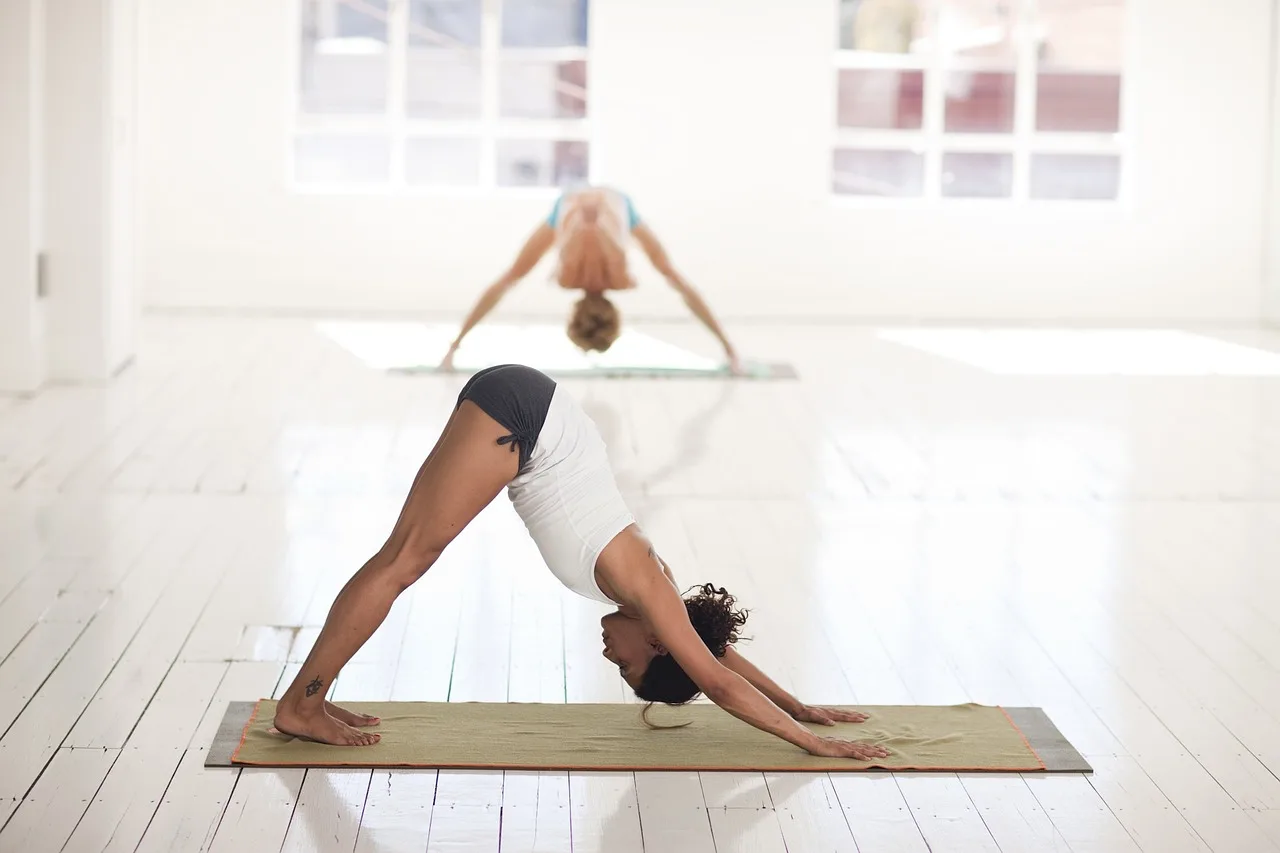Introduction
Hello, my name is Hidefumi Otsuka, and I offer Rolfing sessions in Shibuya, Tokyo.
I first encountered Ashtanga Vinyasa Yoga (hereafter referred to as Ashtanga Yoga) in 2006. This style of yoga involves linking breath with a fixed sequence of poses. Practice is primarily self-directed, and new poses are given by the teacher when the student is deemed ready.
Over the past 18 years, I have practiced Ashtanga Yoga consistently and taught as an instructor. During that time, I began to feel that there are certain layers of the body that yoga alone cannot fully access. What helped bridge that gap was a form of bodywork called Rolfing.
Rolfing works on the fascia and structure of the body, helping to re-educate unconscious movement patterns that yoga poses may not directly access. Yoga, in contrast, invites us to tune into the inner sensations of the body and develop mindful awareness.
In this series, I will explore how the perspective of Rolfing can enrich yoga practice, prevent injuries, and deepen presence. These insights are intended especially for yoga practitioners, shared over three themed articles.

A Three-Part Series – Yoga and Rolfing
Part 1: Structure and Sensation as Body Maps
When poses feel “off,” it may not be about flexibility. Could it be that your internal body map—your body schema and body image—needs revision? This article clarifies how Rolfing and yoga reshape how we feel and move.
Part 2: Breath and Presence – Connecting with the Deep Body
The key to a stable pose lies not in the surface, but in the deep breath and inner support.
When the body is naturally breathing, the mind can remain fully present in the here and now.
In this part, we explore how presence grows through re-educating breath and structure.
Part 3: Opening the Body’s Space – Structural Wisdom for Enabling Meditation
The key to deepening yoga poses lies not in flexibility, but in creating space within the body.
In this part, we explore the wisdom of space shared by yoga and Rolfing, focusing on the transformation that arises not from doing, but from being.
Throughout this series, I will address real concerns yoga practitioners often face: poses that won’t deepen, breath that won’t flow, or persistent asymmetries. By approaching these issues from both structural and sensory perspectives, yoga and Rolfing together open new dimensions of embodiment.
For those who want to move more freely and feel their bodies more deeply, the integration of yoga and Rolfing offers a transformative gateway.
Yoga and Body Maps: Signs of Misalignment
Have you experienced any of the following in your yoga practice?
- The right side feels smooth, but the left side feels stuck
- You think you’re lengthening in a forward bend, but photos show a rounded back
- Your breath gets stuck in your chest and won’t deepen
- You understand your instructor’s cue, but your body doesn’t respond
These are not always issues of strength or flexibility. Often, they are signs that your internal “body map” needs updating. This map involves two distinct systems: the body schema and body image.
What are Body Schema and Body Image?
We move and sense with our bodies on different levels. This distinction is clearly explained in the book The Body has a mind of its own by Sandra and Matthew Blakeslee.

What is the Body Schema? The Unconscious “Operating System”
“Your body schema is what allows you to scratch your head in the dark without having to look for it.”
— Sandra & Matthew Blakeslee, The Body Has a Mind of Its Own
The body schema is an unconscious neural map that enables coordinated movement in space.
For example, transitioning from Chaturanga to Upward Dog with eyes closed shows that your schema is functioning. On the other hand, struggles with balance poses, asymmetry in twists, or unstable standing positions may point to schema distortions.
When this map is inaccurate, you may feel centered while actually being tilted or misaligned. Rolfing helps recalibrate this invisible map from the level of physical structure.
ボディイメージとは?──身体を“どう感じているか”
“Body image refers to how the body feels from the inside — a sense of self located in and through the body.”
— Jeff Maitland, Spacious Body
Body image is our subjective internal sense of the body. Statements like “my legs feel heavy today” or “my chest feels tight” reflect this.
Yoga prioritizes cultivating body image through asanas, breathwork, and meditation. But because it is so subjective, body image can be unclear or misleading. That’s why Rolfing begins with body schema, indirectly transforming body image through structural change.
Yoga and Rolfing: Rewriting the Map from Both Sides
Yoga refines body image. Rolfing restructures body schema.
For example, if your Marichyasana C twist won’t deepen, and conscious breathing isn’t helping, the issue may lie in your spine’s alignment or fascial adhesions. These structural restrictions often cause protective bracing.
Through Rolfing, fascial release and postural reorganization can lead to spontaneous movement improvement—even without new cues. The “operating system” has been updated.
As a result, breath opens, sensations clarify, and poses feel different. In turn, the body image evolves.
身体は“世界とつながる媒体”──メルロ=ポンティの視点から身体地図を捉え直す
Philosopher Maurice Merleau-Ponty viewed the body as “our general medium for having a world.”
“The body is our general medium for having a world.” — Maurice Merleau-Ponty, Phenomenology of Perception
In his view, the body is not just an object, but the locus where we encounter the world, others, and our environment.
This insight deepens our understanding of both body schema and body image. If perception begins with the body, then both unconscious maps and inner sensations are foundational to experience.
Thus, when our sense of the world changes through yoga, it reflects a shift not only in consciousness but also in how our body map has been reorganized.
Conclusion: Refining the Invisible Map to Deepen Yoga
- Body schema = the unconscious neural map for movement
- Body image = the inner felt sense of the self through the body
- Rolfing works on structure (schema); yoga works on awareness (image)
- Their integration cultivates presence and expands freedom in movement
- Merleau-Ponty’s philosophy offers a framework for understanding this integration
In Part 2, we will explore the intersection of breath and structure, and how the “phenomenological body” supports presence through both yoga and Rolfing.
References
- Sandra & Matthew Blakeslee, The Body Has a Mind of Its Own(邦訳『脳の中の身体地図』)
- Maurice Merleau-Ponty, Phenomenology of Perception
- Jeff Maitland, Spacious Body, Embodied Being

